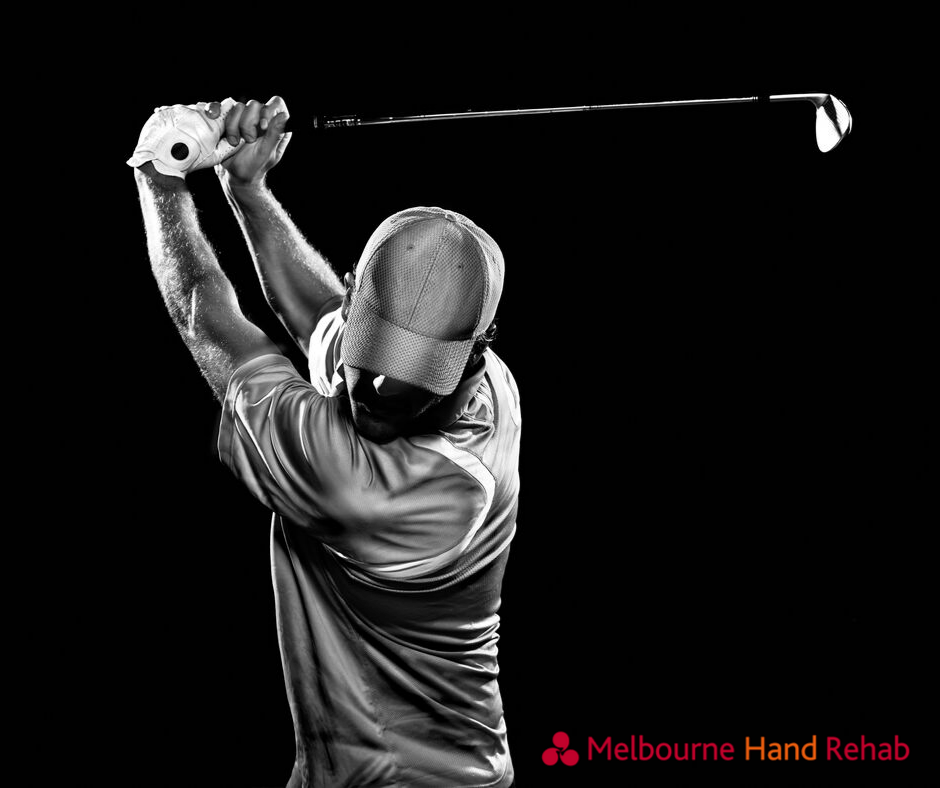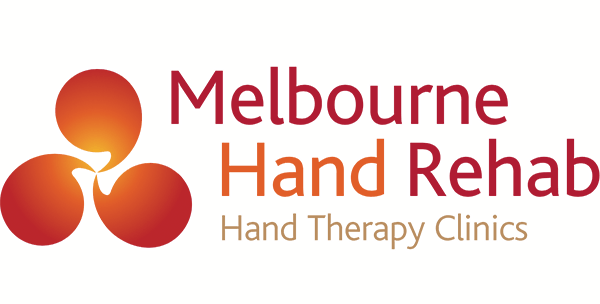
01 Oct Upper limb injuries in golf – golfers elbow and GRULI’s
Most people consider golf to be a low impact sport, however golf injuries are common.
Professional and amateur golfers are at risk of Golf-related upper limb injuries (lets call them GRULI’s for short). The hand and wrist are most commonly injured for professional golfers, compared to amateurs where the elbow is most susceptible.
As the body’s direct link to the golf club, the upper extremities are especially prone to injury. A large amount of force is passed through the club to the hand, elbow and wrist during the impact point of a golf swing. For amateur golfers like myself, this force is much greater when accidentally hitting the ground instead of the ball!
Overuse injuries are most common among golfers and are either due to excessive play/practice or poor or altered swing mechanics. Traumatic injuries occur less often and are generally a result of forcefully hitting the ground or other objects such as a rock. This will often result in muscle strains or ligament sprains but can also cause a fracture to the ‘Hook of Hamate’ a small bone in the palm of your hand.
What can cause GRULI’s?
- General deconditioning (particularly in amateur golfers)
- Poor swing mechanics
- Over gripping of the club handle
- Inappropriate club length or grip thickness
- Excessive play or practice
- Trauma- examples: hitting a tree root or tripping over your buggy
What can you do to prevent GRULI’s?
- Keep fit- good conditioning will help you withstand the repetitive forces of golf
- Be consistent- playing 18 holes or hitting 100 balls at the driving range once in a blue moon is a recipe for disaster. This does not allow your muscles to build up a tolerance and may result in an overuse injury.
- Ensure good swing mechanics- this will avoid excessive wrist motion and put less strain through the forearm muscles
- Check your club length and grip- a club that is too short will leave the butt end lying in the palm risking injury to the Hook of Hamate. Adequate grip thickness will promote a lighter grip which reduces muscle tension
- Check your surrounds- if you are hitting a ball from the rough check for any rocks or tree roots
What if I already have a GRULI?
If you have addressed all the above issues and still have pain, do not throw your clubs in the lake. Some conditions such as golfer’s elbow and tennis elbow (which ironically is the more common GRULI of the two) require some intensive treatment and rehabilitation to overcome. Consult a Hand therapist for a specific diagnosis and management. Alternatively if you think your swing is the issue, why not book a couple of lessons with a pro to sort out your flaws before they cause you a GRULI.
As we all know golf can be a frustrating sport at the best of times so don’t let an unnecessary GRULI add to your frustration!
If miniature golf is your forte, you are at much less risk 🙂


